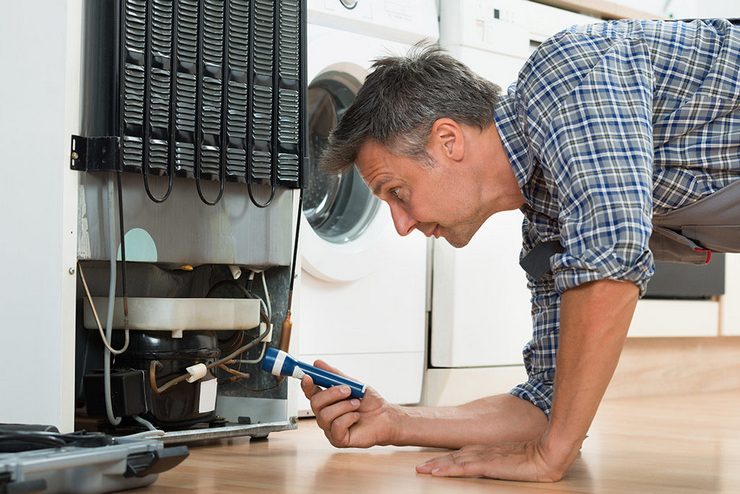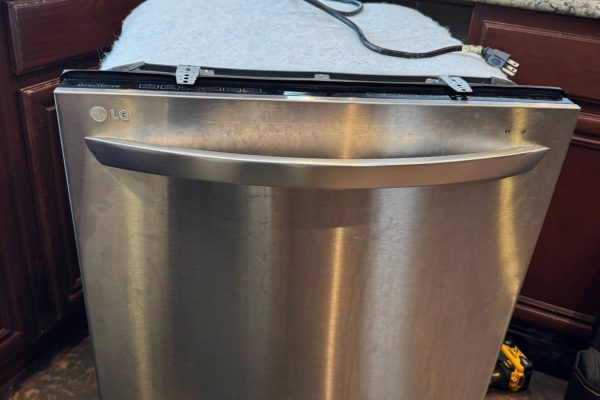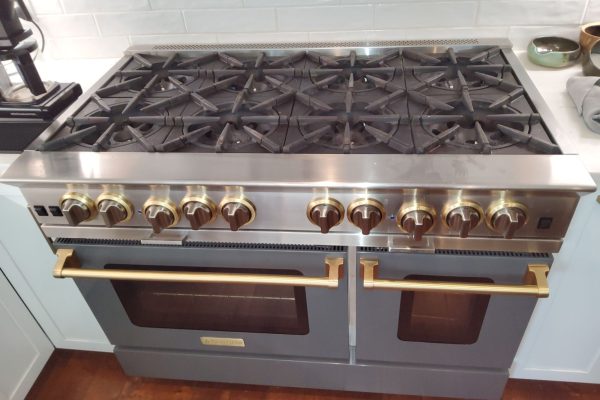Ice formation in the freezer can be a frustrating problem that not only reduces the available storage space but also affects the efficiency and performance of your refrigerator. Automatic defrosting is a convenient feature that helps eliminate ice buildup, but sometimes it can encounter issues. In this article, we will explore effective ways to prevent ice formation in the freezer and how to address problems with automatic defrosting.
Proper Organization
Efficient freezer organization plays a crucial role in preventing ice formation. Avoid overcrowding the freezer and ensure proper airflow by leaving space between food items. Allow warm foods to cool down before placing them in the freezer to prevent excess moisture that can lead to ice buildup.
Temperature Control
Maintaining the correct temperature in the freezer is essential. Set the freezer temperature between -0.4°F and -4°F to inhibit ice formation. Use a thermometer to monitor the temperature regularly and make adjustments if necessary.
Check the Door Seal
A faulty or worn-out door seal can allow warm air to enter the freezer, causing ice buildup. Regularly inspect the door seal for any signs of damage or wear. Clean it with a mild detergent and warm water to ensure a tight seal. If the seal is damaged, consider replacing it to maintain proper insulation.
Avoid Frequent Door Opening
Opening the freezer door frequently can introduce warm air, leading to condensation and ice formation. Minimize unnecessary door openings and retrieve items quickly to maintain a stable temperature.
Clean the Defrost Drain
If your freezer has an automatic defrosting feature, it relies on a defrost drain to remove melted ice. Over time, this drain can become clogged with debris, leading to water backup and ice formation. Regularly clean the defrost drain using a mixture of warm water and mild detergent to ensure proper drainage.
Regular Defrosting
Even with automatic defrosting, it’s beneficial to perform manual defrosting periodically. This allows you to remove any excess ice buildup and ensures the proper functioning of the defrosting system. Follow the manufacturer’s instructions on how often to defrost your freezer.
Avoid Placing Hot Items in the Freezer
Placing hot or warm items directly into the freezer can cause condensation, leading to ice formation. Allow hot foods or liquids to cool to room temperature before transferring them to the freezer.
Clean the Condenser Coils
Dust and debris accumulation on the condenser coils can affect the efficiency of the cooling system, leading to ice formation. Regularly vacuum or brush the coils to remove any buildup and ensure proper airflow.
Addressing Automatic Defrosting Problems
- Check the Defrost Timer
If your freezer has a manual defrost option or a defrost timer, ensure it is functioning correctly. Faulty timers can prevent the automatic defrost cycle from activating. Consult the user manual or contact a professional technician to check and replace the defrost timer if needed.
- Test the Defrost Heater and Thermostat
The defrost heater and thermostat are vital components of the automatic defrosting system. If ice continues to build up despite the automatic defrost feature, these components may be faulty. Consult a qualified technician to test and replace them if necessary.
- Inspect the Defrost Drain
A clogged or blocked defrost drain can hinder the proper drainage of melted ice. If you notice water pooling in the freezer or leaking onto the floor, carefully inspect and clean the defrost drain or seek professional assistance.
Remember, if you encounter persistent ice formation or automatic defrosting issues that you cannot resolve on your own, it’s recommended to seek the help of a professional appliance repair service. They have the expertise and tools to diagnose and address complex problems, ensuring the efficient and trouble-free operation of your freezer and refrigerator. By implementing these preventive measures and addressing defrosting issues promptly, you can maintain a frost-free freezer, prolong the lifespan of your appliance, and enjoy optimal cooling performance.
If nothing else is working, it’s time to call in the professionals – Oceanside Appliance Service Center is here to help! Our technicians are all experienced and certified in refrigerator maintenance and repair, including ice maker repair. We offer great deals, like fair prices, a guarantee on the job, friendly and attentive service, and efficiency. Don’t wait – get your fridge fixed today!
Contact us


